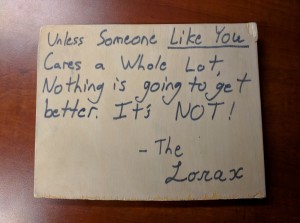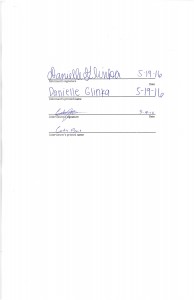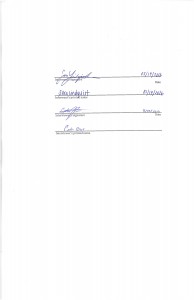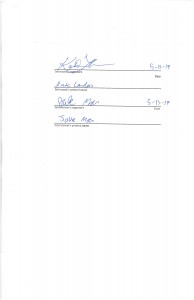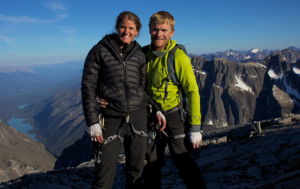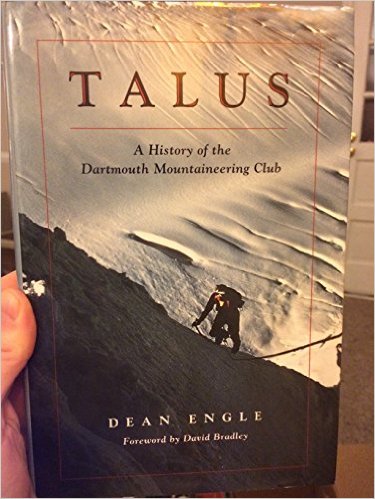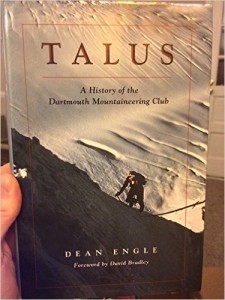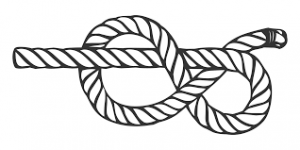Title: Winter Carnival Sculpture
Informant Info: Sandor Farkas is the Editor-in-Chief of The Dartmouth Review. He is a ’17 from Haydenville, MA. He was interviewed on May 24, 2016 at the Review office in Hanover, NH.
Type of Lore: Verbal, Legend
Country of Origin: United States
Social / Cultural Context: Winter Carnival and the snow sculpture are traditions in the larger Dartmouth context. The Review is an organization that prides itself in its defense of the old Dartmouth traditions, which explains why Review staffers in particular were so disappointed in lack of a sculpture for Winter 2016.
https://www.youtube.com/watch?v=v1XEJQNtO3w&feature=youtu.be
Transcript:
See, as I said, there had been a long pattern of, uh, declining interest in making the snow sculpture, rather, not necessarily interest in having there be a snow sculpture, but interest in taking the time to work on it, I mean it’s a lot of work, organizing, I know a very good friend of mine organized it, not this year but the past year, and it came to the point that this past winter, the administration of the DOC announced that there would be no snow sculpture, both because the administration wasn’t willing to kind of spend a lot of effort on it, and because students really didn’t rise to the challenge, so a few Reviewers took it upon themselves to get together and I think we called it the Committee to Beautify the Green Before Winter Carnival, just like the, uh, more famous predecessor [a reference to another Review legend, the Committee to Beautify the Green for Winter Carnival], and they, uh, they built the snow sculpture, now it was a fairly simple thing, it was kind of a ring-shaped, um, ring-shaped monument, let me get the plaque that was on it, it was taken from Dr. Suess, “The Lorax” I believe, yes “The Lorax.” Here’s the plaque they put on it. On the snow sculpture is carved the word, “unless,” because there’s a famous passage that depicts such sculpture that’s kind of a little ring that says unless someone like you cares a whole lot, nothing is going to better, it’s not. Which, I think, was meant to send a larger message not just about the snow sculpture and Winter Carnival traditions, but about traditions of the College in general, that you know, students who ‘amend’ the administration’s war on tradition, it’s really the students who need to stick up for the traditions and I think that’s what really the Review has been about for a lot of its existence. You know, individual students, a group of individual students, taking it upon themselves to make change at this school and to stick up for what they believe.
Collector’s Comments: While many urban legends are questionable in their veracity, this one seems to actually be based on a real event. We also see how the history of the organization reverberates through time, with the reference to the historical Committee to Beautify the Green Before Winter Carnival.

